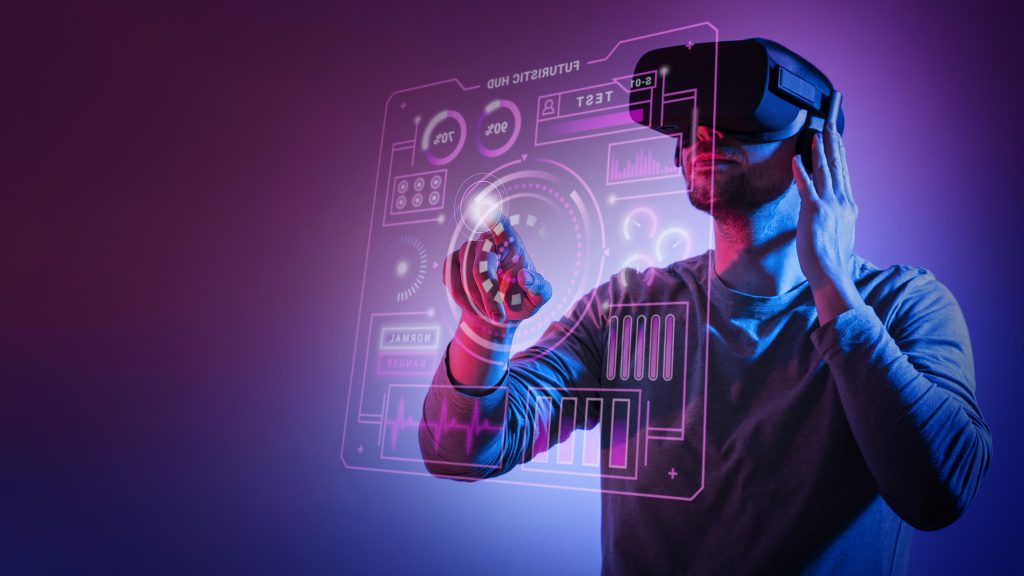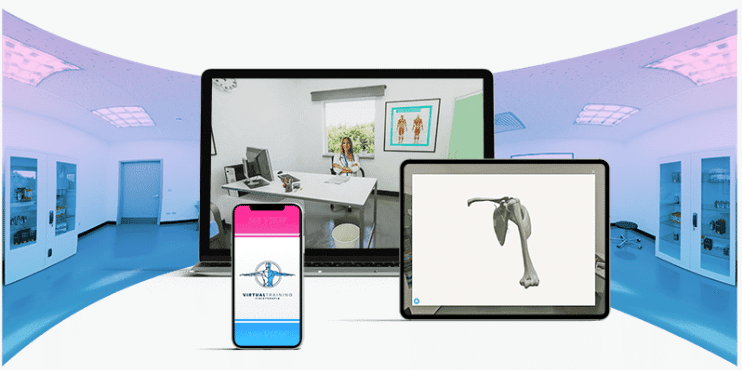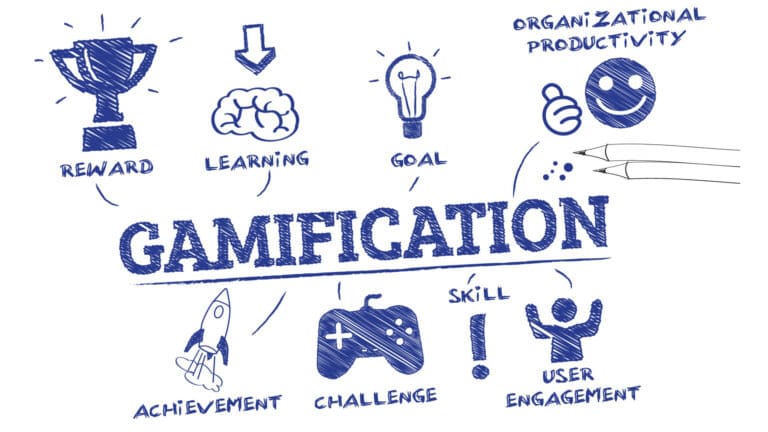For a long time, Virtual Reality (VR) and Augmented Reality (AR) have been revolutionazing business models, generating a profound change.
If the former aims at active involvement, bringing the user into an abstract yet very real dimension, the latter merges technology and reality by introducing virtual elements and information into the user’s environment.
Many companies are entering what has been called the third era of IT, where professional training now becomes more immersive and innovative thanks to virtual and augmented reality.
A new report by the Capgemini Research Institute shows that companies are using augmented and virtual reality to improve their operations, with 82% of companies currently using these two technologies claiming to have experienced benefits equal to or greater than their expectations.
China is the largest distributor of AR and VR devices and therefore has the largest market share by 2020.
The United States and China are the first to have implemented these technologies, with a 50% usage rate within business operations.
The growth potential of the sector is enormous: global spending on training through virtual and augmented reality will reach $8.5 billion by 2023.
If we look at the use of these technologies in all companies, one of the main targets is certainly training, where these tools are used for example as distance support but also and above all for simulation activities.
PROFESSIONAL TRAINING WITH VIRTUAL REALITY
Virtual reality is called immersive in that one is ‘immersed’ in a 360° active learning environment, experiencing images and sounds that dissolve the barrier between virtual and real.
Using tools, learners look, speak and move freely in a 3D virtual environment, interacting with tools, machines and other simulated real learners and instructors.
Virtual reality is ideal especially in cases where complex or critical situations need to be simulated, such as working in hazardous environments or in emergency situations.

Virtual reality creates a safe environment in which learners can try out and practise their skills. Unlike eLearning, virtual reality gives the feeling of “really being there”.
The multi sensoriality of virtual reality training allows for the involvement of sight, hearing and body movement and ensures that the user’s experience remains strong and long-lasting, thus increasing learning effectiveness, safety and productivity.
An example of vocational training with virtual reality is offered by Walmart, the world’s largest supermarket chain, which has launched its “virtual training” programme throughout the United States. Seventeen thousand Oculus Go headsets (virtual reality visors) were distributed at the shops through which employees had access to the same training as their managers and department heads.
AUGMENTED REALITY FOR PROFESSIONAL TRAINING
With augmented reality, users interact with the real environment through a mobile display (smartphone, tablet, etc.), which shows, once framed, the physical world enriched with certain visual information.
Training with AR enhances traditional learning, allows users to learn and apply what they already know or what they want to understand better, simplifying workflows and increasing productivity.

This mode of training is particularly useful when, for example, a new procedure is to be introduced for the maintenance of a machine. Thanks to augmented reality, trainees will be able to receive real-time indications highlighting the elements to be worked on and explaining the actions to be carried out, step by step.
In this way, all they have to do is frame the machinery with a compatible device to have the application generate pop-ups and notifications that enrich the learner’s experience by providing additional indications.
OUR PROPOSALS
The AR Market team creates and develops 360° interactive Virtual Spaces for business enriched with 2D, 3D, AR, VR and “gamification” content to offer the user a unique and engaging experience.
In the field of training, we create Virtual Environments for Corporate Training and Corporate Training courses, transforming them into more stimulating and immersive experiences, usable from desktops, mobile devices or VR viewers.
Corporate companies, SMEs, agencies, PA, universities and schools can transform presentations and traditional training material into 360° virtual training enriched with 3D and AR visualisers, 2D and 3D games and fully immersive experiences to be experienced.

FUTURE SCENARIOS
Certainly the experiential aspect of VR and AR training is particularly appealing as it makes learning more intense and training more effective. Besides the level of involvement and interaction, the long-term cost savings are another advantage, optimising the larger investment made in the short term.
Forecasts point to corporate training as one of the areas with the highest growth potential for the future of these technologies.
Virtual Reality and Augmented Reality can provide a concrete answer to the need there is in the world of work for training, which is fundamental for improving skills and increasing security.
In conclusion, it can be argued that immersive technology has come a long way in a short time and will continue to evolve, requiring Companies to rationalise their investments in order to capture the long-term growth potential offered by this technology.
We at AR Market strongly believe in the potential of AR and VR technologies in professional training and work hard every day to offer exciting new opportunities and solutions in this field.
To get an overview of what we do and can achieve, just visit our website!




